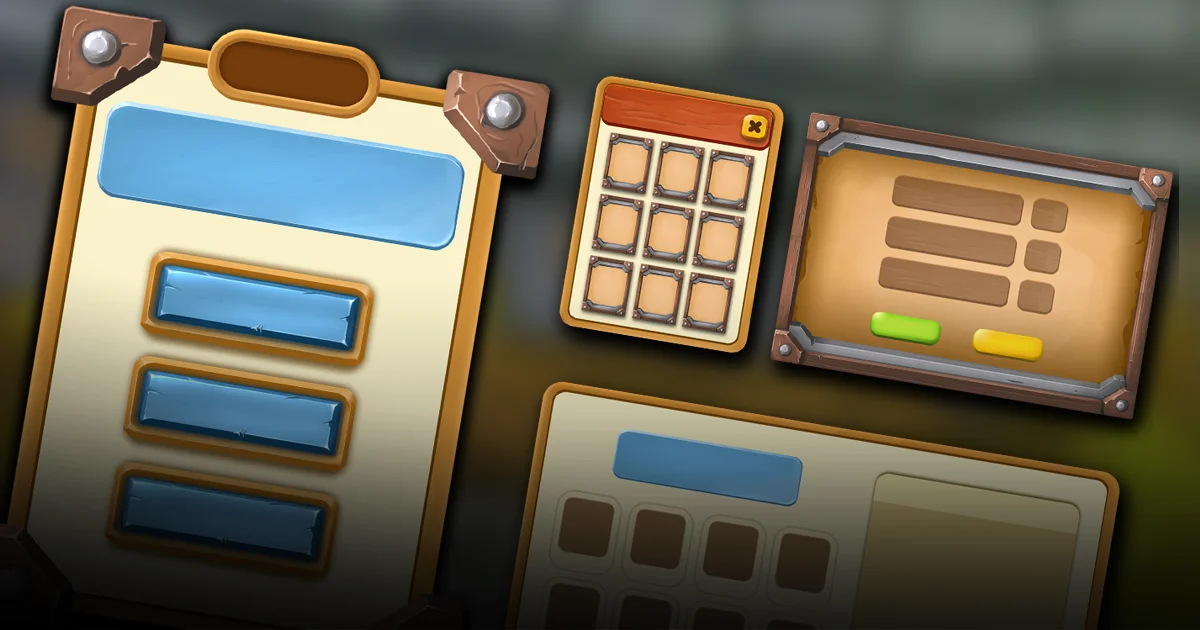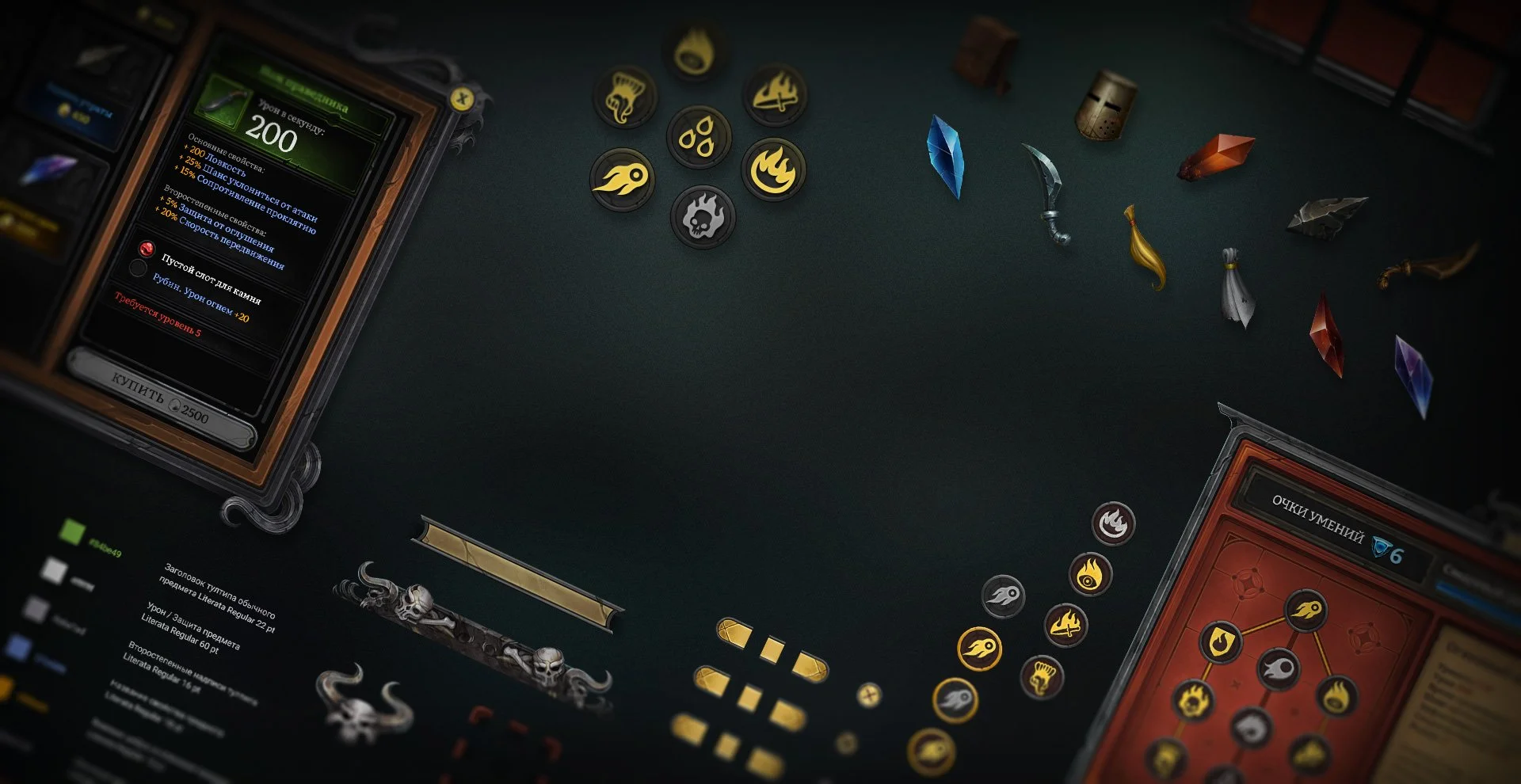
The Art of Clarity: Why Good Game UI Matters More Than Ever
The journey of video game interfaces has been a fascinating evolution, mirroring the rapid advancements in technology itself. From the rudimentary text-based commands of early adventures to the intricate graphical overlays of modern epics, user interfaces (UIs) have always been the critical bridge between player and digital world. Initially, these interfaces were often a necessary evil, clunky and unintuitive, demanding significant player effort to simply understand game mechanics. This early friction sometimes overshadowed the underlying game brilliance, creating a steep learning curve for many.
As games grew in scope and complexity, so did the demands on their UIs. Modern titles often feature vast open worlds, deep customization systems, and multiplayer interactions that require a sophisticated communication framework. Players today expect not just functionality, but elegance and seamless integration. The UI is no longer just a set of buttons; it’s an extension of the game’s narrative and a crucial element of player immersion. Poor design can instantly break that immersion, pulling players out of the experience and diminishing their enjoyment.
Early studies in Human-Computer Interaction (HCI) laid foundational principles that, while not always directly applied to games initially, became increasingly relevant. Concepts like cognitive load, affordance, and feedback loops began to influence game designers. The focus shifted from merely displaying information to presenting it in a way that minimizes mental effort and maximizes enjoyment. This period saw a growing recognition that a game's interface is as vital to its success as its graphics or gameplay mechanics, shaping player perception and engagement profoundly.
In today's highly competitive gaming landscape, where new titles emerge constantly, a superior user interface has become a significant differentiator. It's no longer enough for a game to simply function; it must feel good to play, and much of that "feel" is dictated by how easily and naturally players can interact with its systems. Games with intuitive UIs often garner higher praise and player retention, proving that clarity and accessibility are paramount. This understanding drives continuous innovation in interface design, a principle Clyvorapaes deeply values.
Key Insights from Interface Design Studies 🧠
- Excessive cognitive load, often caused by cluttered or inconsistent interfaces, directly hinders player enjoyment and mastery, leading to frustration and disengagement.
- An intuitive and unobtrusive interface is crucial for achieving player immersion and a "flow state," where interaction feels natural and the game world takes precedence.
- Thoughtful UI design significantly improves game accessibility, enabling a broader demographic of players to engage fully and enjoy the experience without unnecessary barriers.
Diving Deeper: The Nuances of UI Excellence ✨
The impact of cognitive load is immense. When players struggle with confusing menus or search for vital information, their mental resources are diverted from the actual gameplay. This isn't just an inconvenience; it actively detracts from enjoyment. A well-designed UI minimizes this burden, making interactions feel effortless, letting players focus on strategy and narrative without unnecessary mental strain.
Effective feedback mechanisms are fundamental to a positive UI experience. Whether it's a visual cue, an auditory signal, or a subtle haptic response, immediate confirmation of player actions reinforces understanding and control. Without clear feedback, players might question if their input registered, leading to uncertainty and repeated actions. This clarity builds confidence and satisfaction, making every interaction feel responsive and deliberate. 
A critical challenge in UI design is striking the right balance between minimalism and information density. While a clean interface is desirable, essential information must be readily available. Contextual UIs, which display relevant data only when needed, offer an elegant solution, preventing screen clutter while ensuring players are never left guessing. This intelligent presentation enhances usability without overwhelming the player with unnecessary details.
Beyond pure functionality, the aesthetic appeal of a UI plays a significant role in player perception. A visually cohesive and attractive interface reinforces the game's theme and artistic direction. It contributes to the overall polish and perceived quality of the product. An uninspired or generic UI, even if functional, can diminish the player's sense of immersion and the game's premium feel, regardless of the underlying game quality.
Successful UI design is rarely achieved in a vacuum. Extensive user testing and iterative refinement are absolutely crucial. Observing how real players interact with an interface reveals pain points and unexpected behaviors that designers might overlook. Gathering feedback, analyzing data, and continuously improving the UI based on these insights ensures a truly player-centric experience that evolves with its audience.
Ultimately, a superior UI fosters long-term player engagement and loyalty. When interactions are consistently smooth and intuitive, players are more likely to stick with a game and explore its depths. For Clyvorapaes, understanding these dynamics is central to crafting experiences that resonate deeply with players, ensuring every interaction contributes positively to their digital adventures and keeps them coming back for more.
Final Takeaways and Applications 🚀
- Prioritizing clear, intuitive UI design directly translates to significantly enhanced player satisfaction, fostering deeper engagement and minimizing frustrating barriers to enjoyment.
- Investing in accessible UI design expands a game's reach to a much broader and more diverse audience, ensuring more players can fully enjoy the experience without unnecessary hurdles.
- A meticulously crafted UI reinforces a game's quality and brand identity, projecting professionalism and attention to detail that players recognize and appreciate, building trust and loyalty. /ul>
Comments (4)
This article really nails why I drop games with bad UIs. It's frustrating when you can't even figure out how to equip an item. Great insights!
I agree that UI is important, but sometimes complex games just need complex UIs. It's a tricky balance to achieve, especially with many mechanics.